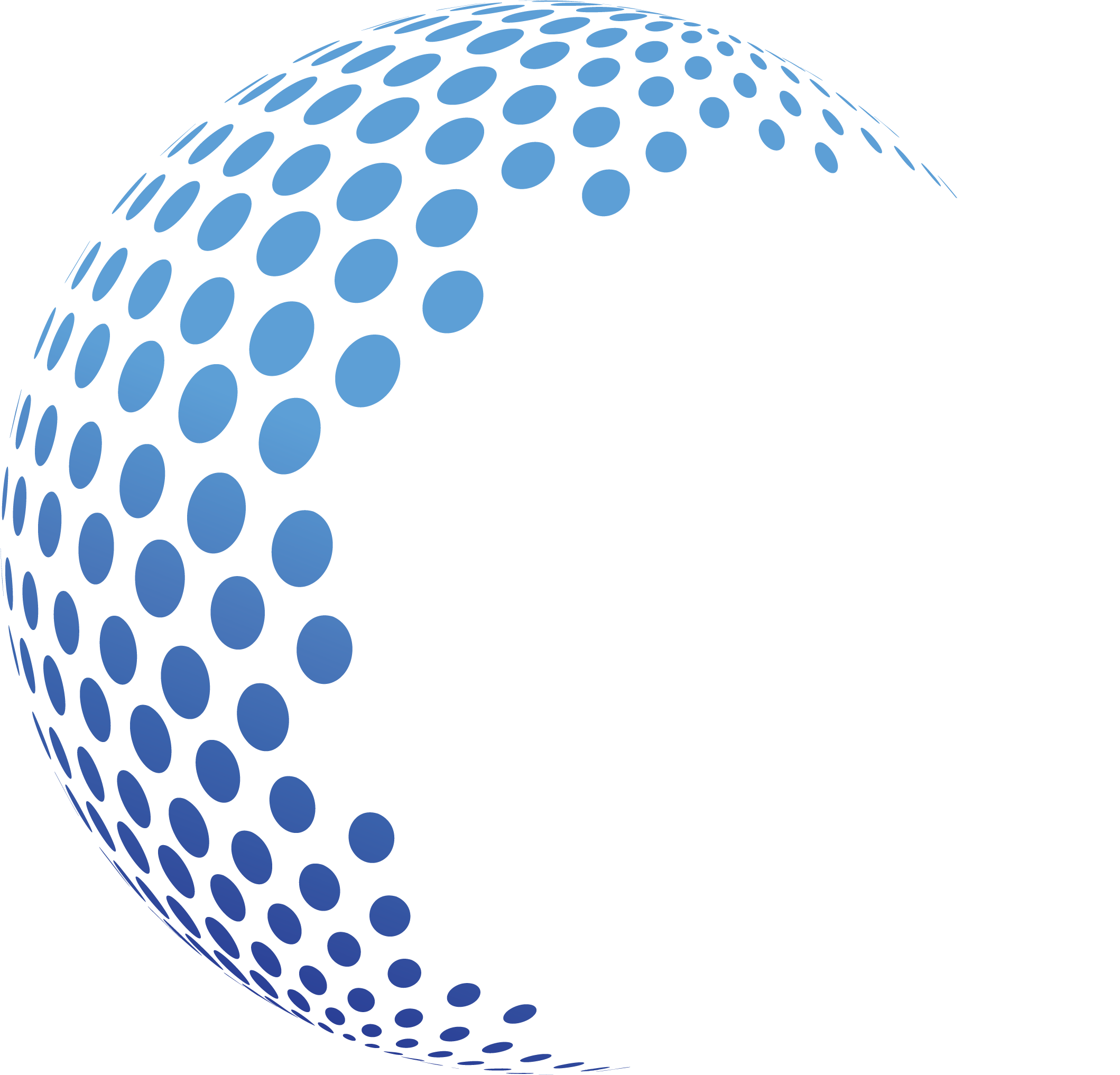The definition of space security guiding this report reflects the intent of the 1967 Outer Space Treaty that outer space should remain open for all to use for peaceful purposes now and in the future:
The secure and sustainable access to, and use of, space and freedom from space-based threats.
The key consideration in this SSI definition of space security is not the interests of particular national or commercial entities, but the security and sustainability of outer space as an environment that can be used safely and responsibly by all. This broad definition encompasses the security of the unique outer space environment, which includes the physical and operational integrity of manmade objects in space and their ground stations, as well as security on Earth from threats originating in space.
From search-and-rescue operations to weather forecasting, from banking to arms control treaty verification, the world has become increasingly reliant on space applications. The primary goals of the SSI are to improve transparency on space activities and to provide a common, comprehensive knowledge base to support the development of national and international policies that contribute to the security and sustainability of outer space.
The information in the report is organized under four broad themes, with each divided into various indicators of space security. This arrangement is intended to reflect the increasing interdependence, mutual vulnerabilities, and synergies of outer space activities. In this context, issues such as the threat posed by space debris, the priorities of national civil space programs, the growing importance of the commercial space industry, efforts to develop a robust normative regime for outer space activities, and concerns about the militarization and potential weaponization of space are critical.
The structure of the SSI report is as follows:
- Theme 1: Condition of the space environment
Indicator 1.1: Orbital debris
Indicator 1.2: Radio frequency (RF) spectrum and orbital positions
Indicator 1.3: Natural hazards originating from space
Indicator 1.4: Space situational awareness
- Theme 2: Access to and use of space by various actors
Indicator 2.1: Space-based global capabilities
Indicator 2.2: Priorities and funding levels in civil space programs
Indicator 2.3: International cooperation in space activities
Indicator 2.4: Growth in commercial space industry
Indicator 2.5: Public-private collaboration on space activities
Indicator 2.6: Space-based military systems
- Theme 3: Security of space systems
Indicator 3.1: Vulnerability of satellite communications, broadcast links, and ground stations
Indicator 3.2: Reconstitution and resilience of space systems
Indicator 3.3: Earth-based capabilities to attack satellites
Indicator 3.4: Space-based negation enabling capabilities
- Theme 4: Outer space governance
Indicator 4.1: National space policies
Indicator 4.2: Multilateral forums for space governance
Indicator 4.3: Other initiatives
